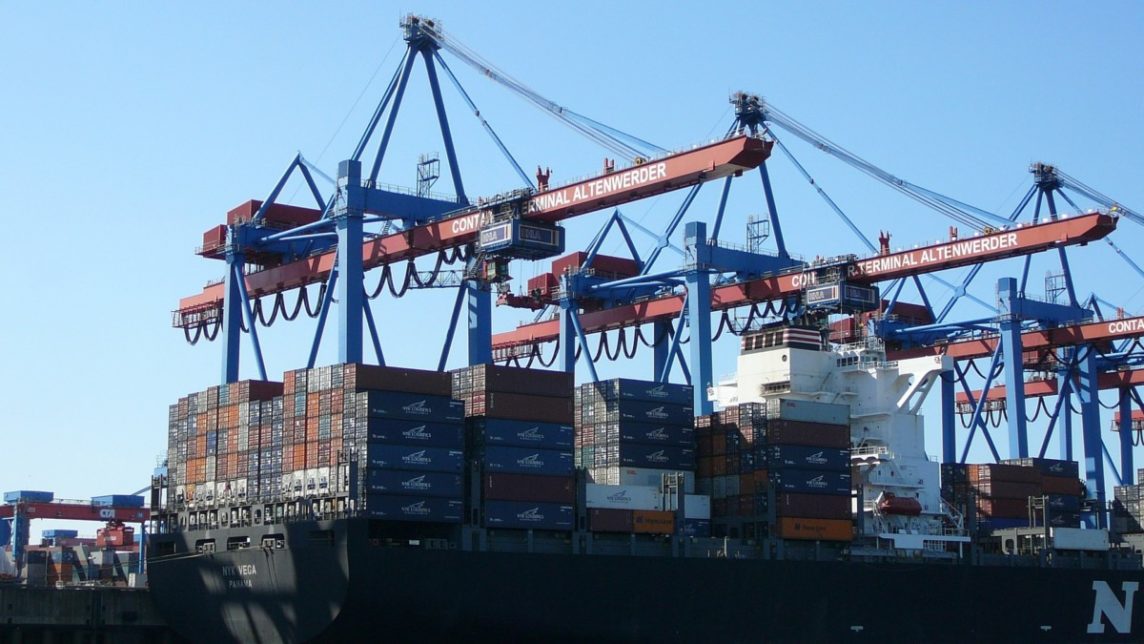After a winter marked by tight capacity and high rates across the U.S. freight market, spring is bringing a respite for shippers across several areas. While no one factor is entirely responsible for this shift, one clear cause that supply chains are slowing down, now that the race to stockpile inventory ahead of the Chinese tariffs is over. Regardless of the reason, spring 2019 is proving to be a good time to make, store, and ship goods.
Warehouse Availability Stabilizing
One bright spot this spring is that warehouse capacity is finally starting to catch up to demand. According to the Wall Street Journal, warehouse availability declined less than .01 percent in the first quarter of 2019, which at least marked a return to stability, even if it fell short of outright relief. While demand is still high, especially in urban areas, this development puts a tourniquet on a warehouse market that had become all-but-impossible to navigate. The levelling out of demand is largely thanks to developers, who added approximately 33 million square feet of warehouse space in the past year. Demand for space has presumably also slackened as shippers are no longer frantically importing massive amounts of pre-tariff inventory.
Asia-West Coast Rates Dropping
Drewry reports that spot rates between Shanghai and Los Angeles fell 30 percent in the first quarter, and volume also took a tumble. This comes on the heels of record-high imports in the fourth quarter of 2018, but there has been a steep decline in demand now that the Trump Administration’s tariffs have taken effect. Drewry claims that “there was always likely to be a hangover from the tariff-induced cargo rush of late-2018, but the sting on Asia-West Coast North America looks to be more severe than carriers expected.” As a result of the decrease in demand, carriers have less ability to dictate higher contract rates. This loss of leverage may even diminish carriers’ ability to enact a fuel surcharge in preparation for the low-sulfur rule, which takes effect in 2020. It’s bad news for the carriers, but good news for shippers.
Trucking Rates Down
Despite the persistent driver shortage, the massive trucking capacity crunch that many industry insiders predicted has failed to materialize. Instead, DAT reports that van rates for April averaged at $1.81, down from $1.95 in January. Reefer rates have also decreased fifteen cents since the beginning of the year, while flatbed rates are holding steady at $2.34. Furthermore, spot market capacity for March 2019 was up 36.1 percent year-over-year. JOC attributes the capacity boost to a 20 percent increase in new truck registrations in 2019. This trend is unlikely to remain stable until the driver shortage is resolved (either through massive recruiting efforts or automation) but that’s no reason for shippers not to make hay while the sun shines.
Overall, the economic outlook for early 2019 has been surprisingly rosy, with the global economy defying predictions of a slowdown, even in the face of trade wars and increasingly contentious relations in the EU. The world of logistics and supply management is still in a period of dramatic change, but it’s important to draw attention to positive developments when they occur.
Want help taking advantage of the current freight climate? Contact Red Arrow Logistics to learn how.



